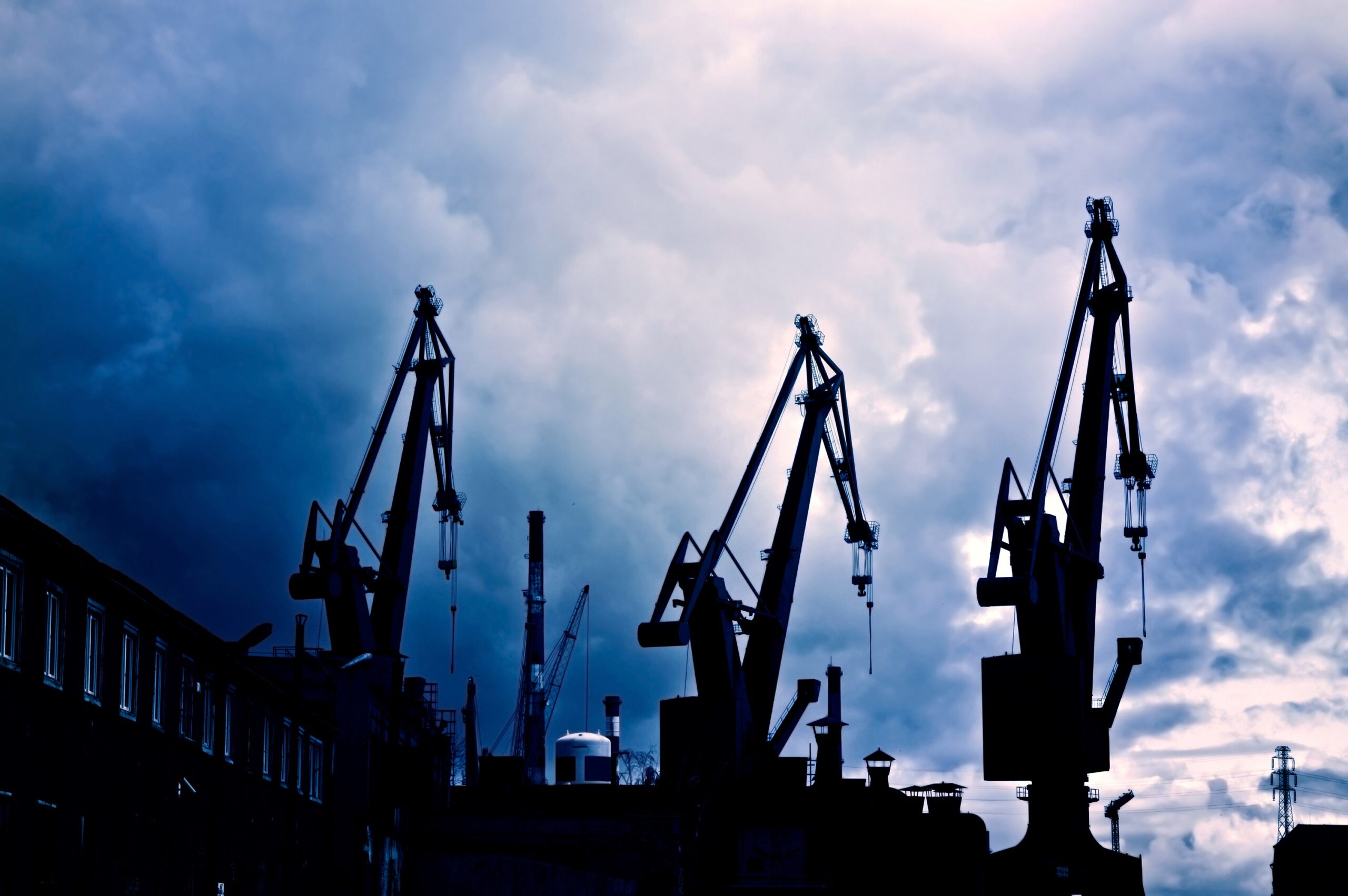PROGRAM SCHEDULE
Ref No: ME 100 Program Name: Pumps & Compressors: Operation, Maintenance & Troubleshooting
| Starts | Ends | Venue | Fees | Join Now |
| 23 Jul 2025 | 27 Jul 2025 | London, UK | $ 5,750 | Registration Closed |
| 06 Oct 2025 | 10 Oct 2025 | London, UK | $ 5,750 | Registration Closed |
| 23 Mar 2026 | 27 Mar 2026 | Dubai, UAE | $ 4,750 | |
| 22 Jun 2026 | 26 Jun 2026 | London, UK | $ 5,750 | |
| 05 Oct 2026 | 09 Oct 2026 | London, UK | $ 5,750 |
PROGRAM DETAILS
Introduction
Compressors & pumps became widely adopted and many thousands of sets are now installed worldwide. The development of pumps & compressors from the theoretical stage to its present worldwide adoption has three main inputs. These may include:
- The practical and theoretical work of established on pumps & compressors.
- Intensive and aerodynamic work on compressors. By aero-engine manufacturers, arising particularly from the development of aero engine superchargers
- Metallurgical developments, which provided alloys capable of withstanding the continuous high temperatures and stress to which the pumps & compressors are subjected.
This course will provide an excellent opportunity to learn and understand the operations, the constructions, maintenance, the vibration problem troubleshooting and problem solving in all types of pumps & compressors. Moreover people are becoming increasingly aware on causes and how to diagnose faults and the reasons behind some pumps & compressors problems and how to solve them.
Pumps and compressors are generally critical machines in any production process, and hence it is vital that maintenance is most effective for these units. Delegates will be provided with a comprehensive understanding of how to use a combined predictive and preventive maintenance approach to achieve maximum reliability and greatest understanding of any deterioration that may occur.
Learning Objectives
Upon completion of this short course, the participant will be able to understand the principle of compressors and compression technology and the principles of their operations. They will appreciate the applications of compressors. They will be able to assess and measure vibration, calibrate vibration measurement systems. They will also be able to understand how to manage and solve other problems related to pumps & compressors.
The course adopts an analytical approach to understanding the failure of all types of pumps and compressors.
From a component-by-component perspective, the course investigates the root causes of failure, and relates these to operating conditions and process parameters. Design, installation, lubrication and wear related failure mechanisms are identified and a detailed understanding of the troubleshooting and diagnostic methods needed to detect and identify these is developed.
The training course provides participants with the knowledge needed to be effective in the inspection, monitoring and diagnostics of pumps and compressors, with emphasis placed upon the importance of a combined condition monitoring and strip-down inspection approach to maintenance.
Who Should Attend?
- Operators and engineers who are involved with pumps & compressors, operation and maintenance
- Those who have engineering backgrounds and works on pumps & compressors.
It is also suitable for Engineers, supervisory and technical staff involved in the monitoring, predictive maintenance and diagnostics of pumps and compressors.
Training Methodology
The course is delivered in a combination of lecture style and group workshops. In addition, a significant amount of time is set aside for small working group activity when addressing case study problems. Extensive use is made of case study material to underline the key aspects of the course and to give the delegates exposure to current best practice.
The course will be taught in English (materials and notes will be in English). It is up to British approach and standard. The course will be theoretical teaching and calculations, covering case studies.
Program Content
Day 1 – Basic Principles of Compression
- Oil & Gas and Chemical processes
- Industrial processes
- The gas laws
Gas Laws & Compression Theory
Compression and Expansion Fundamentals
- Gas Equations
- Ideal gas equation and practical application
- Isentropic, polytropic compression
- Mass and volume capacity
- Practical compression laws
- Effect of process temperature
- Power of compression
- Mollier diagrams
- For gas and steam
Compression and Expansion Mechanisms
- Compression Basics
- Euler’s law, applications for compressors,
- characteristic curves
- velocities triangle
- Dynamic Effects
- Mach number: effect on temperature, pressure and density;
- Subsonic and supersonic machines
- Simple Calculations
- Dimensionless coefficients, specific speeds
- Friction, lubrication and wear mechanisms.
- Adhesive wear, abrasive wear, fatigue and fretting
- Machinery life cycles
- Mechanical issues, balancing and alignment
- Statistical reliability analysis
Day 2 – Pumps & Compressors Applications
Compressors and pumps Performance and Operation
- Affinity Laws for centrifugal impellers
- Calculating effect of speed change
- Calculating effect of impeller changes
- Characteristic curves
- Effect of change on operating and process parameters
- Operational Problems
- Surge
- Stonewall
- Range of working efficiency
- Cavitation
- Noise & vibration
- Capacity control methods
- Speed change
- Inlet guide vanes
- Commissioning
- Pre start checks
- Vibration survey
- Runup/rundown analyses
- Reliability models
- The root cause of, the symptoms and the detection mechanisms for imbalance
- The root cause of, the symptoms and the detection mechanisms for looseness
- The root cause of, the symptoms and the detection mechanisms for misalignment
- The root cause of, the symptoms and the detection mechanisms for gear problems
- The root cause of, the symptoms and the detection mechanisms for bearing problems
- Cavitation, causes and prevention
Day 3 – Pumps & Compressors Characteristics
- Adiabatic effects
- Compressor selection
- Gas conditions
- Speed
- Specific consumption
- Efficiency
- Liquid & gas Conditions
- Influence of inlet fluid state
- Control Systems
- Speed governor
- Pressure & temperature control systems
- Safety devices
- Overspeed
- Overpressure
- Associated Equipment
- Cycle diagrams
- Positive displacement rotary compressors
- Centrifugal compressors
- Anti-friction bearings: types, lifetime, mounting, applications, related problems
- Plain and pad bearings, thrust bearings: operation, maintenance, incidents
- Mechanical seals, types, operation, related problems
- Other seals for positive displacement pumps and reciprocating compressors
- Performing a balance
Day 4 – Pumps & Compressors Types, Construction & Maintenance
Construction and Systems
- Construction
- Casings
- Impellers
- Shaft
- Blades
- Bearings & Seals
- Rotor, journal and thrust bearings
- Internal and shaft seals
- Coupling
- Rotor Dynamics
- Balance
- Critical speeds
- Associated Systems
- Lubrication system
- Seal systems (mechanical seals)
- Reciprocating compressors
- Compressors valves
- Bearing and lubrication systems
- Typical mechanical incidents
- Vibration monitoring
- Overall and spectral measurements
- Vibration limits
- Introduction to spectrum analysis
- Lubricant monitoring
- Shape, size, amount, chemical composition of debris
- Analytical techniques
Day 5 – Pumps & Compressors Engineering Aspects
- Engineering
- API specifications
- Information required for bidding
- Factory tests
- The role of condition monitoring in pump and compressor maintenance
- Diagnostic methods
- Capabilities and limitations of condition monitoring, and the need for a combined approach
- The importance of plant inspection
- Measurement devices, and what to monitor and where
- Bearing and Lubrication
- Control and instrumentation
- Case studies






